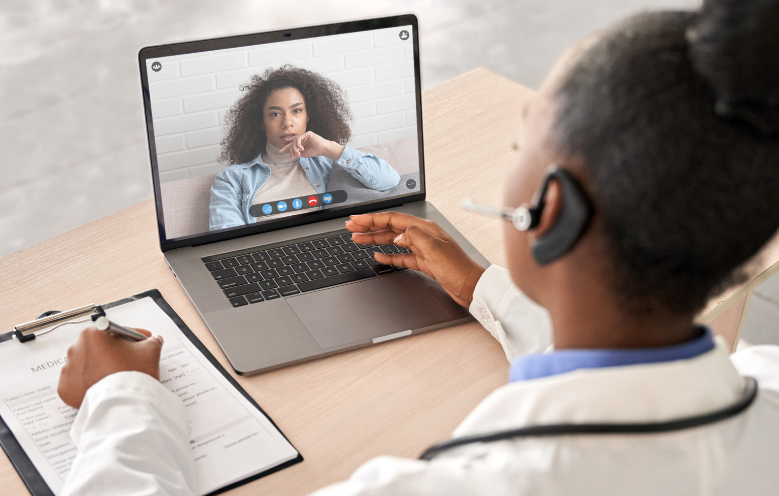
Intro to Bias in Personalized Medicine
Personalized medicine provides individual treatments to patients based on their genetics, environmental factors, and lifestyle choices. However, bias revolving around ageism and generational gaps can negatively impact certain populations by being misrepresented or having limited access to treatment plans. These stereotypes can lead to adverse health effects for older populations and can exclude the older population from benefiting from personalized medicine. Generational gaps can also provide technological gaps that make it harder for patients to use technology related to personalized medicine. These barriers must be considered when developing and delivering equitable and effective treatment to all patients.

Ageism Bias in Personalized Medicine
Most people are aware that getting older leads to decreased vision, memory, and cognitive decline. For instance, “senior moments” are often used to refer to older adults forgetting their keys, or even doctor appointments [1]. Unfortunately, symptoms like blurred vision and fatigue can also be blamed entirely on getting older [1]. Additionally, doctors may not feel the need to explain symptoms or diagnoses to older patients, and may also talk to them slowly like they would a child [1]. Furthermore, 20% of adults over 50 face discrimination in healthcare [1]. Things like vision loss, joint pain, and hearing problems are not immediately treated like they would be for younger patients [1]. Additionally, neurodegenerative diseases like Alzheimer’s and dementia may go unnoticed until a family member brings it up [1]. This is concerning because patients with neurodegenerative diseases often need more assistance and care to avoid dangerous situations.

Furthermore, personalized medicine requires providers to create treatment plans catered to each patient. Therefore, biases related to age can result in providers missing key diagnoses and treatments [1]. This can lead to social inequalities as well as misdiagnoses due to a lack of appropriate questions being asked during screenings [1]. Additionally, older patients are often not included in clinical trials [1]. This is detrimental because medicines won’t be able to show side effects that occur over time or with increased age. Therefore, healthcare professionals must continue screening older patients like they would younger patients so they don’t miss out on important information. Additionally, older patients should not face stereotypes based on their age and should be encouraged to be active and involved in their care.
Bias Found Between Generational Gaps
Bias can also continue between different generations, and is not just limited to biases faced by patients. For instance, older patients may also have bias towards younger doctors, and disregard their suggestions. The lack of trust and understanding between older patients and their doctors can lead to adverse effects, such as inconsistent adherence. Generational gaps may also create various attitudes about treatment preferences across generations. For instance, different generations may have their own ethical beliefs about personalized medicine and genetic testing. Creating frameworks that are only based on one generation can leave other generations feeling misrepresented.

Additionally, disparities may exist across generations that impact their ability to access personalized treatments and genetic testing. For instance, the younger population may be unaware of the resources available to them and may not seek out preventive and consistent screening measures. Furthermore, different generations may have different levels of health literacy. This can make it harder for providers to receive information about their genetics, lifestyle choices, and environmental factors. Furthermore, older patients may have a bias towards more digitally involved treatment plans, such as ones that require remote monitoring. They may even be more hesitant to wear wearables and be constantly monitored. Therefore, generational differences must be considered when personalized treatment plans are developed. Patients’ beliefs, treatment preferences, communication styles, and health literacy must be considered. Only then can effective personalized and comprehensive treatment outcomes be created for patients regardless of their generational bias and beliefs.
HITS
HITS provides management services and collaborates with clinicians in the development of health informatics. We provide tools that promote safe, timely, patient-centered, and equitable care. Our agency culture and mission facilitate customer and human-centered design. Additionally, we tailor software and project management support products to meet our customer’s needs. HITS also focuses on transforming health care by analyzing integrated medical solutions and evaluating information systems. Our goal is to enhance individual and population health outcomes, improve patient care, and strengthen the clinician-patient relationship. Finally, HITS expands the ability for individuals to safely and securely contribute relevant and usable electronic health information and define preferences and values to their clinicians.